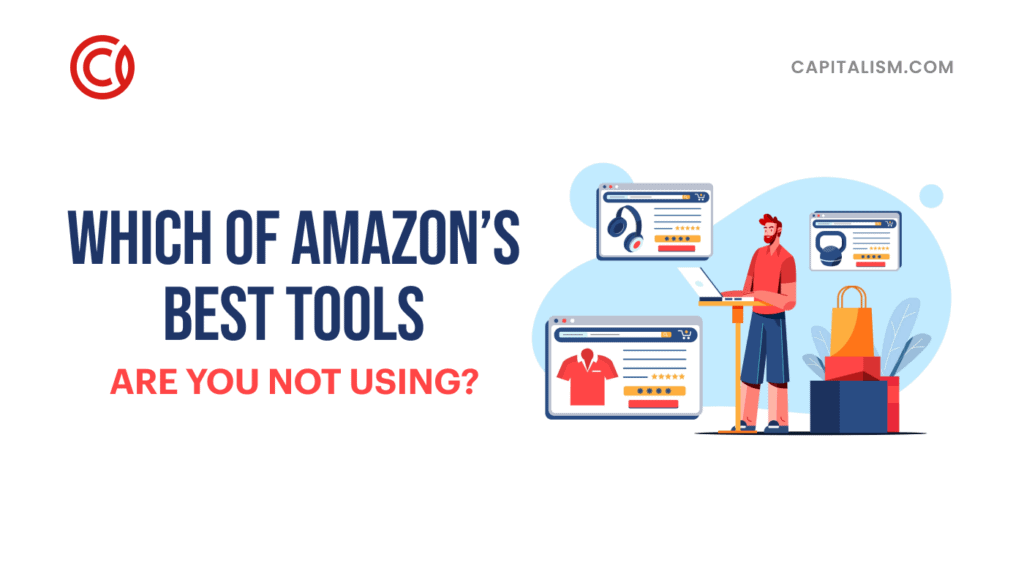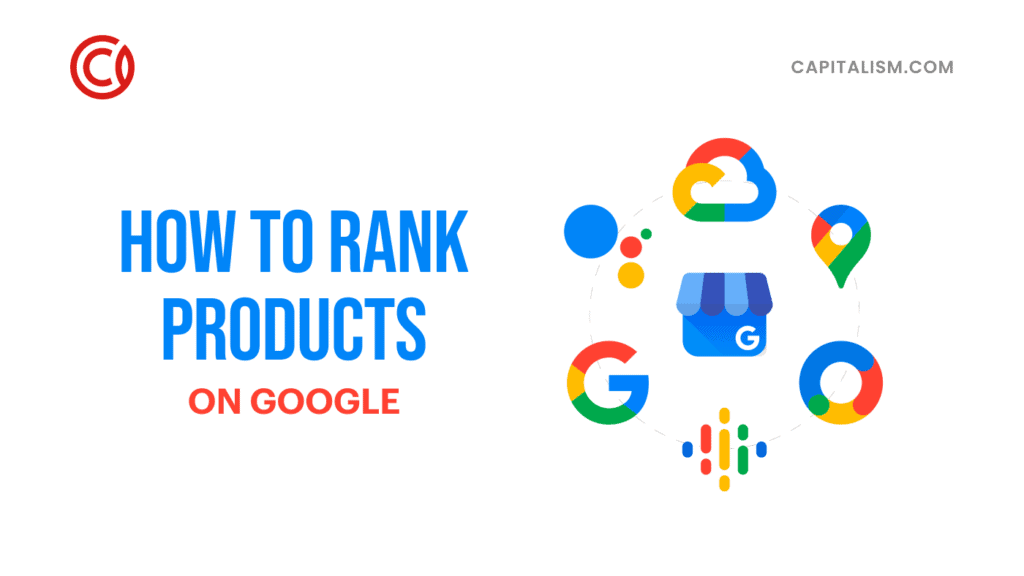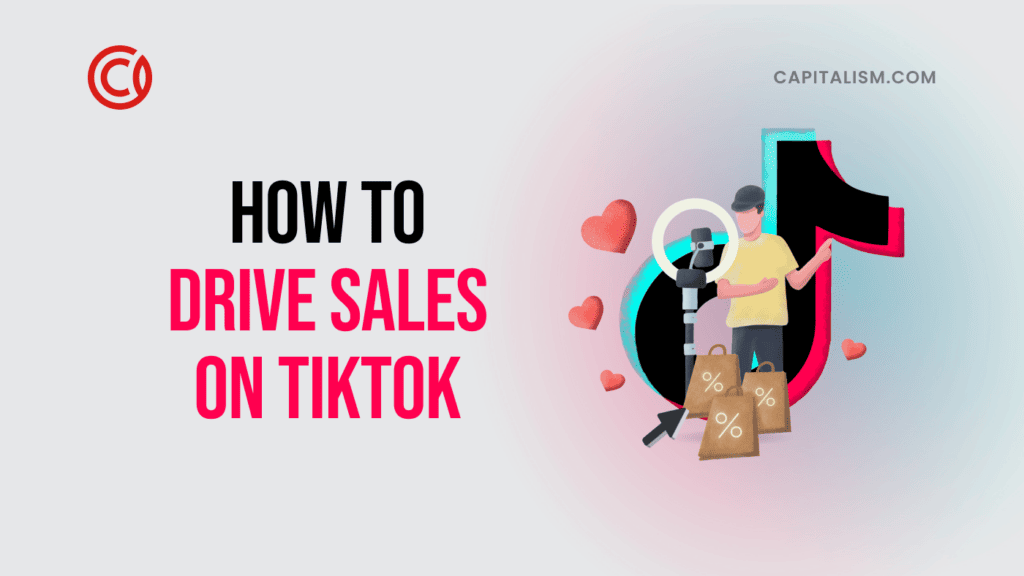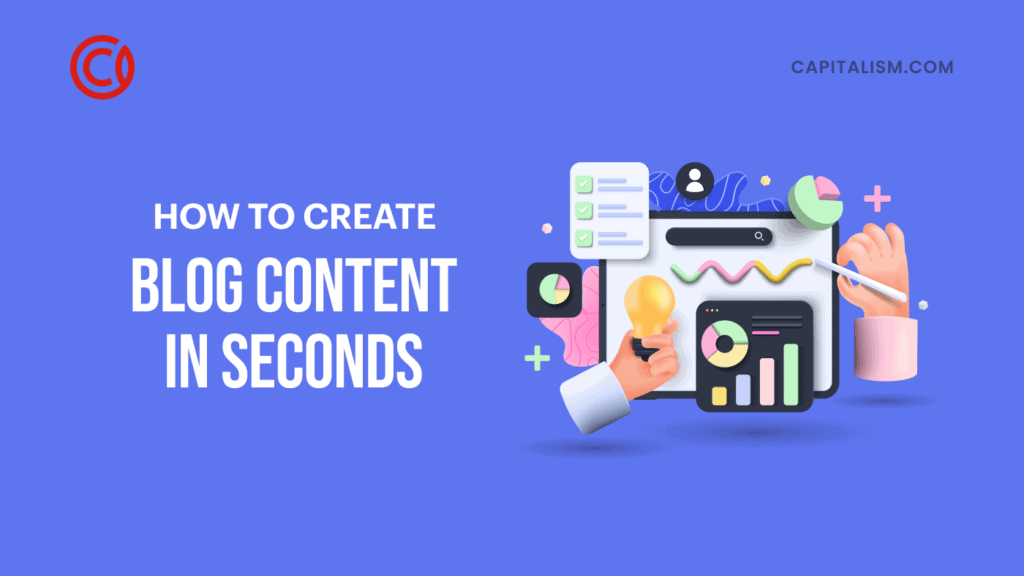No one ever complained about finding some extra money laying around. When you put on an old jacket and discover a crumpled ten-dollar bill in one of the pockets, it’s like life gave you a little bonus. But what if you could find much more in that old jacket, more often? What if your closet was full of old jackets, just like that one?

As far-fetched as the image may seem, it is within reach. By adding additional income streams to your existing operation, you can bring in more passive income. If you do it right, you won't risk compromising any of the ground you already covered.
Affiliate marketing is one proven method for gaining flexible, passive income.
If you have an online presence it can make for a value add. Especially if your audience has the right size and composition. And if you’re on a good platform, becoming an affiliate can produce solid returns faster than you might’ve expected.

Amazon Associates comes with just about the biggest platform you could ever ask for. As the world’s largest online retailer, Amazon’s affiliate program comes with unlimited potential for the right partners. You could monetize everything from your social media profiles to your blog. All without needing to stray very far from what you’ve already been doing.
To understand how the process works, it pays to explore the resources at your disposal.
We assembled some valuable information on how affiliate marketing works in general. There’s also a rundown on Amazon Associates, and the risks and benefits it provides partners on the platform. You’ll also find some tips from professionals who’ve done this before.

If you’re wondering how to become an Amazon Affiliate, read on for a look at that and more.
What is an Amazon Associate?
Amazon Associates are affiliate partners on the Amazon platform, who enjoy access to a small share of its massive profits. The website is responsible for nearly half of all online sales in the entire United States. Of that traffic on Amazon, which is roughly two and a half billion site visitors per month, about 8% comes from referrals. Associates earn commissions on sales of sponsored products, so long as it happens under certain parameters.

The Amazon Associate program is an arrangement in which Amazon compensates websites for sending buyers and traffic to their product pages.
First, the partner places customized hyperlinks on social media posts, web pages, or blogs. When visitors make purchases through affiliate links, the partner gets a percentage. The exact amount based on their program agreement. In Amazon’s case, partners get paid as long as visitors buy an eligible product within 24 hours of clicking the link.
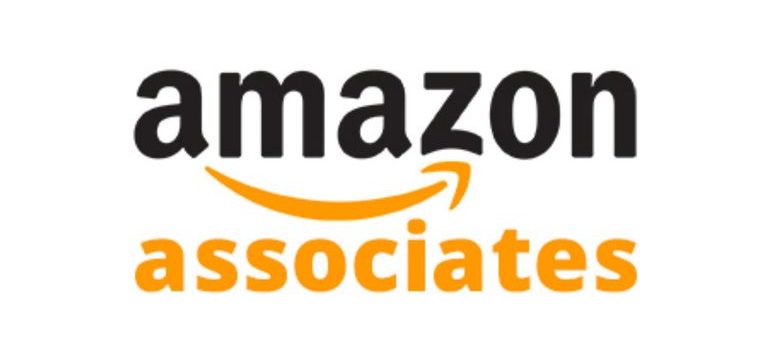
This relationship can benefit all parties involved. The merchant, in this case, Amazon, gains additional sales it otherwise might’ve lost to a competitor. It’s also an affordable marketing strategy that still helps them expand the reach of their sales. Also, performance determines affiliate program rewards. Partners only get paid when purchases happen. As such, there is more motivation for associates to bring in more conversions.
The affiliate partner gets a percentage of the sales for recommending products to their audience.
The convenience here is that the partner would've had a visitor-based in place anyway. It also gives them the opportunity to bring in e-commerce earnings without the hassles. They get income without worrying about maintaining inventory or establishing a location.
For site owners with followings and no monetization on their pages, affiliate marketing is an easy way in. They get to utilize Amazon’s power and reputation, all without any hefty investments required of them. And finally, the customers themselves make smarter purchases, targeted to their needs.

How Much Do Amazon Associates Make?
If you’re thinking about becoming an affiliate partner on Amazon, it’s natural to wonder about the earning potential. You want to be sure it’s worth it before you go down that road, after all. Amazon affiliate earnings can range from $100 to $25,000 in a given month. If this seems like a wide range, that is due to the various parameters affecting it.
Figuring out how much you can make will depend on a number of factors.
First, you'll need to start with the size of your audience. This includes the amount of traffic you can reasonably expect from month to month. From this number, you’ll need to factor in how many of your site visitors will actually click on the links you post.

Each level in a sales funnel will reduce the customers going along for the ride. As such, this will be a considerably smaller number than the first one -- which makes it all the more important that you start off with a big audience. After this, the number will decrease again as site visitors who clicked the link must choose to either make a purchase or leave the product page.
The products themselves will factor into your revenue as well. Since you gain a percentage of each sale made through the links, the higher the price, the larger your portion. Higher priced items do tend to bring in fewer sales, however. As such, you’ll need to find a good balance for your audience based on their preferences. Lastly, the commission rate itself will factor into your earnings.

Of course, the actual income from affiliate marketing isn’t going to be consistent from month to month. There is only so much you can control as a site partner, and even if your visitors trust you and you’re a great marketer, results will vary.
You can take some steps to improve your chances of bringing in bigger earnings, such as:
How Do I Sign Up for Amazon’s Affiliate Program?
If you believe you have a sizeable enough audience for affiliate marketing, the next step is getting registered. To get started on the Amazon platform, first visit the Amazon Associates page, where you can select the “join now for free” option. If you already have an Amazon profile (like the majority of US households) you can sign in at that point, or create a new account if you don’t have one.
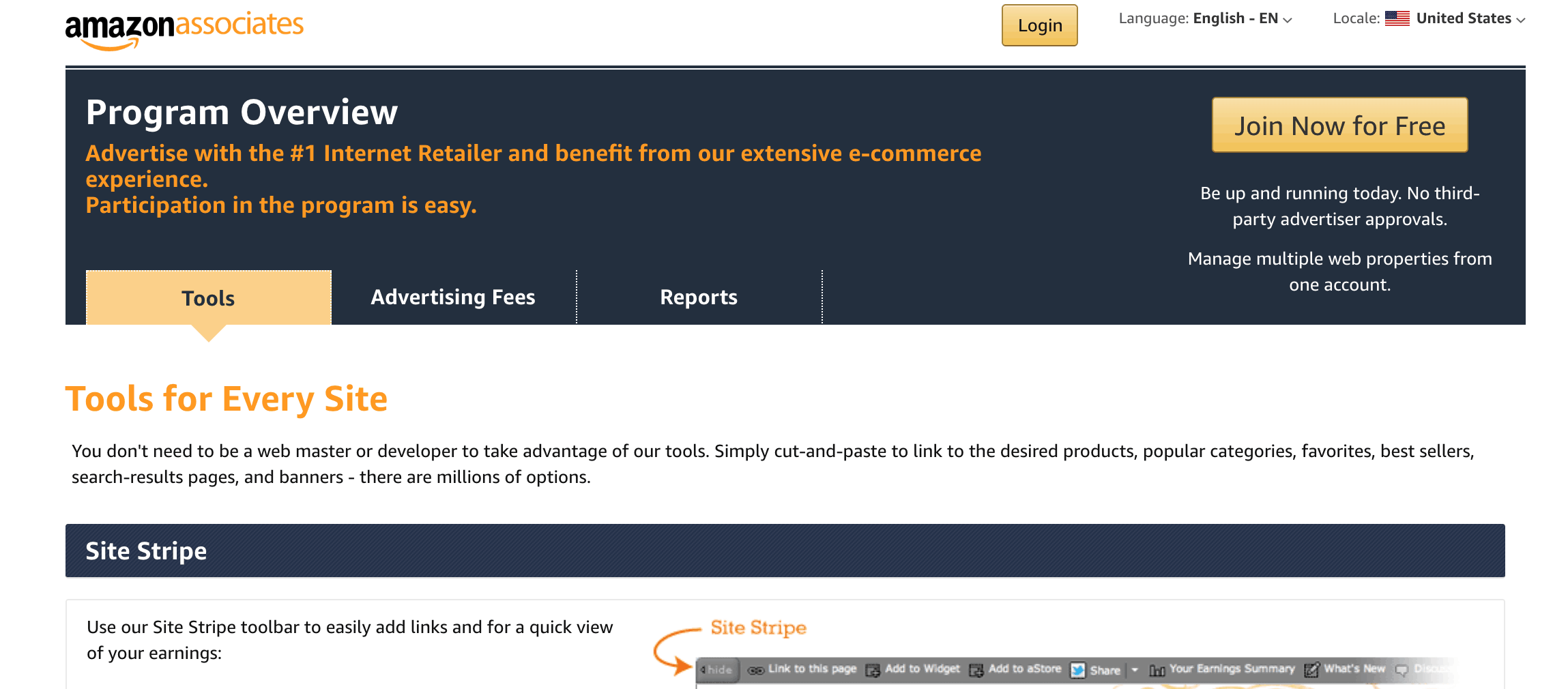
You’ll need to input your own personal details, with the basics like contact preferences, phone numbers and mailing addresses. Additionally, you’ll be asked to provide information associated with your online presence. This includes your website URL, social media profiles, and any relevant apps you’re using.
In short, you’ll want to include anywhere you intend to post affiliate links or advertisements.
With the freedom to list up to 50 different locations, make sure you don’t leave anything out. Once that’s finished, you’ll set up a “preferred store ID”, or Amazon Associates ID, that they will use to track your affiliate referrals and commission rate. Ensure this is something you’ll remember, as it will serve as a type of username moving forward.
Amazon will then ask about your website or mobile applications. Using a drop-down list, you can select the topics and subject matter that most accurately describe what you do. This can be anything from gaming and video creation to books or apparel.
You’ll also need to provide information on how your pages usually do, as far as traffic and revenue. This includes the total traffic, total unique visitors, the amount of income from them, how its generated, and how you usually build up your links. Once you’ve provided the requested details, inputting your payment and tax identification information is the last step before you can start making Amazon affiliate links as a partner!
Does Amazon Affiliate Pay for Clicks?
The short answer is no. Getting people to click on your affiliate links is an important step to getting revenues from sales, but only if they go on to make a purchase. Google Ads cost advertisers every time they’re clicked, but Amazon Associates only get paid when sales are made. Driving traffic isn’t enough, which is one of the reasons it’s so important to give the right products the spotlight.
You can’t control people’s purchasing decisions, but you’re free to choose which product pages get the most prominent spots on your webpages. When looking by category, seek out the top-selling products on Amazon. Best selling items are proven to be good converters, with people more willing to spend on them. If you can optimize your affiliate offerings, you could end up doing well enough to average a solid return per click. However, the exact commission isn’t set in stone.
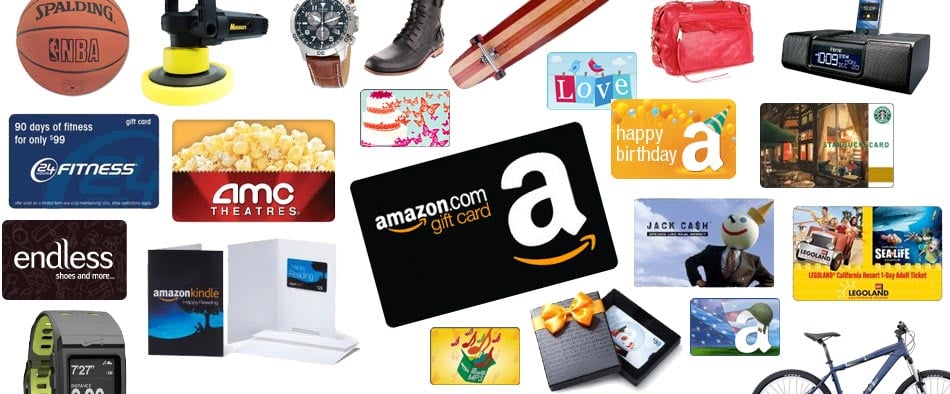
For example, if someone uses an affiliate link and then purchases a specifically advertised item, the partner could earn 10% of the sale. If the customer instead bought a different item after clicking their link, the partner would earn a different (lower) rate. This is preferable to not earning anything, however, and these adjacent sales will always count so long as they’re made within the specified timeframe.
What is the Average Conversion Rate for Amazon Affiliates?
The cost of a sale and your percentage in it aren’t the only factors in your commission. Your conversion rate is also a crucial element, as it’s a reflection of buyer behavior in relation to your online presence. Bad conversion rates will have a negative impact on the returns you’re able to secure.
In fact, when it comes to affiliate marketing, conversion rate is possibly the most important metric of them all.
It represents the number of visitors who go on to make a purchase after viewing your website. To figure it out, you divide the number of total orders by the number of visitors, before multiplying the end result by 100.

Using this formula, imagine your website collected 5000 visitors over the course of one month, who totaled 15 purchases in total. In this instance, you’d have a conversion rate of 0.3%. But the question remains: is that a good number for an affiliate partner? And what’s the average rate out there right now?

Not every affiliate is willing to share information on their conversion rates and performance, which makes pinpointing a definite number unlikely. However, the average conversion rate is believed to be somewhere between 0.5% and 1%. With that being said, some affiliates have been able to achieve much higher rates.
One method for boosting your conversion rate is taking the time to research your audience.
Figure out what problems your visitors face, and connect them with products that solve them. People will be much quicker to make a purchase when it’s a solution for existing issues.
You can also experiment with link quantity and placement. Overwhelming readers with product placement and banners can harm their experience, making them less likely to click anything. At the same time, if you’re too restrained with links you’ll lose out on buyers who didn’t know where to click. Test out different approaches, and use your findings to guide your approach moving forward.
How Does the Amazon Platform Compare to Other Affiliate Options?
There is no shortage of affiliate programs you can select from. They’re offered to some extent by the majority of e-commerce websites, but Amazon is still the prime option. This is mainly thanks to the tremendous volume the platform boasts. With over 100 million Prime subscribers and billions of monthly site visitors, Amazon sells more than any other online retailer. This translates into more opportunities for affiliate partners to make commissions.
These opportunities span most niches, as well. Amazon sells millions of products, with just about every category represented in spades. If you’re able to do the needed research, and you have enough familiarity, you could choose from any number of segments to begin your marketing endeavors.
Perks for Amazon Associates
Additionally, Amazon’s name carries the kind of weight you simply can’t replicate. Its reputation helps to offset many of the concerns people have about online shopping. Simply put, consumers trust that their information is kept safe and private. Thanks to this familiarity, customers tend to be more comfortable ordering from Amazon. Links to familiar sites tend to convert far better, which gives Amazon Associates a big leg up on its competitors.
Amazon also comes with a proven track record for driving conversions. The website provides customers with related products and targeted suggestions. These extra touches boost sales across a category and even beyond. Increased sales means a bigger bottom line for the platform, and by extension, a larger take on your end.

The platform makes it easy to add revenue streams without a hassle.
Amazon has its own team for customer service affairs. They will manage everything from buyer complaints to return shipments. Beyond that, Amazon will help you optimize your affiliate funnel with feedback and ongoing analytics. The better you do, the more money Amazon makes -- everybody wins when you succeed.
It’s also a cost-effective route when you’re starting, as there are no fees required when you apply to join Amazon Associates. Aside from the lack of upfront costs on Amazon’s account, the other costs are fairly manageable. You’d be paying to maintain a website, which generally comes with domain and hosting costs. These can be kept low at the beginning, making this a scale-able concept for a beginner.
Amazon Affiliate Pitfalls to Watch Out for
Although the Associates program comes with a number of advantages, there are some potential drawbacks. The platform has rules in place, such as no email marketing -- links are only permitted on the pages you provided upon signup. Normal promotions can be featured in emails, but affiliate links cannot. Failure to comply with this and Amazon’s other rules results in immediate removal from the program, with no second chances given.
Another negative with the Amazon affiliate program is the level of competition you’ll face at the onset. It’s very easy to get started with Associates, which means there can be a big crowd at times. Even teens are getting in on this. Finding your niche will be helpful, but some spaces are much more competitive than others. If you’re occupying an area with stiff competition, you’ll need to do more to stand out. This is on top of staying on the right side of the Amazon affiliate requirements.

Thanks to its volume, the platform offers many opportunities to make sales happen.
However, Amazon affiliate commission rates aren’t always on the higher end. They’re capped at 10%, which is a lower maximum than what is typically offered by other affiliate programs. For that reason, many affiliates prefer other platforms despite Amazon’s superior web traffic. Beyond that, the rates you do end up getting with Amazon are not guaranteed. They can change over time, and the responsibility of keeping up with them falls on you.
Lastly, you could lose out on commissions if people fail to act quickly enough.
Your affiliate links only reward you for purchases made within 24 hours of being clicked. This means you could be creating sales for Amazon without being compensated for it. If customers add items to their cart during this period, you would then have 90 days to get your share of the sale. Without the cart, however, 24 hours is the limit. This is drastically inferior to the month-long period offered by some of Amazon’s competitors.
How Do I Start Amazon Affiliate Marketing for Beginners?
Although Amazon’s platform is one of the most intuitive and accessible out there, you still need to qualify with Amazon Associates. As the nation’s largest online retailer, Amazon has certain requirements that must be met before you can join their Associates program. Luckily, these parameters cover areas you’d need to handle anyway if you’re hoping to earn any real money as an affiliate.
For websites, you need to have a website that you own.
It should feature updated content that is both original and enticing for readers. Amazon prefers to see new posts and updates from within the last two months or sooner. You’ll also need to have a functioning blog that’s connected to the site, with followers and regular postings.
Lastly, Amazon permits affiliates with a social media presence. These include Facebook groups and fan pages, Twitch streams, Twitter profiles, and Youtube channels. Having the pages isn’t enough, however -- you also need a sizeable social media following, of at least 500 or so, to qualify.

After you’re approved for entry into the program, you’ll be given 180 days in which to make three affiliate sales.
These must be qualified purchases, and cannot be satisfied by personal orders. Once the three sales are made, Amazon looks over your various pages and social media accounts to determine if your content is high quality. If the platform decides the offerings aren’t original or well-composed enough, your application will be rejected.
In any case, you can’t utilize an Associates Account if you aren’t creating links.
Once you access your account, visit the “Product Links” section at the top of your dashboard. From there, you can conduct searches for products, brands, or categories. Once the results come in, you can get the necessary links for posting the items on your site, blog, or social media page. Amazon also offers the ability to customize the ad’s image, text, and font to match with your sites.
Amazon Affiliate Tips from the Pros
Quality and passion should lead your choices in the early going. It begins with a great website that offers visitors excellent content and resources. But it’s also vital that you stick to something you’re passionate about. You will be delving into that subject a lot, and if it’s not something you love, you could end up burning yourself out.

Spending time in a familiar space will also contribute to your authority. When people respect your opinions in a certain niche, they will be more likely to listen to related product recommendations. And when the products help them resolve their issues, the credibility continues to grow.
Some other worthwhile tips include:
Is Amazon’s Associate Program the Right Fit for You?
Although it can function like passive income eventually, affiliate marketing with Amazon Associates does require some work to get going. If you’re ready for the research, time, and follow-up necessary to make it successful, it could be the right fit for you. To get there on Amazon you’ll need to have a strong following, appealing content, and the ability to drive traffic.

Doing all of this, while following the rules, will help you develop new income streams through affiliation. If you take it far enough, and have the commitment it takes, you could even go beyond passive income. With effective SEO and the right approach to engaging your visitors, you might even be able to replace your regular job completely.
We've seen many entrepreneurs in our community who've done just that. Can you guess what they want next, after they've built a profitable business? YES! Now they want to learn how to invest their profits to create passive income. That's why we created The One Percent community. After all, building businesses and investing the profits is way more fun with friends - and when we work together, we can change the world (starting with ourselves). You can find out more about The One Percent here.




